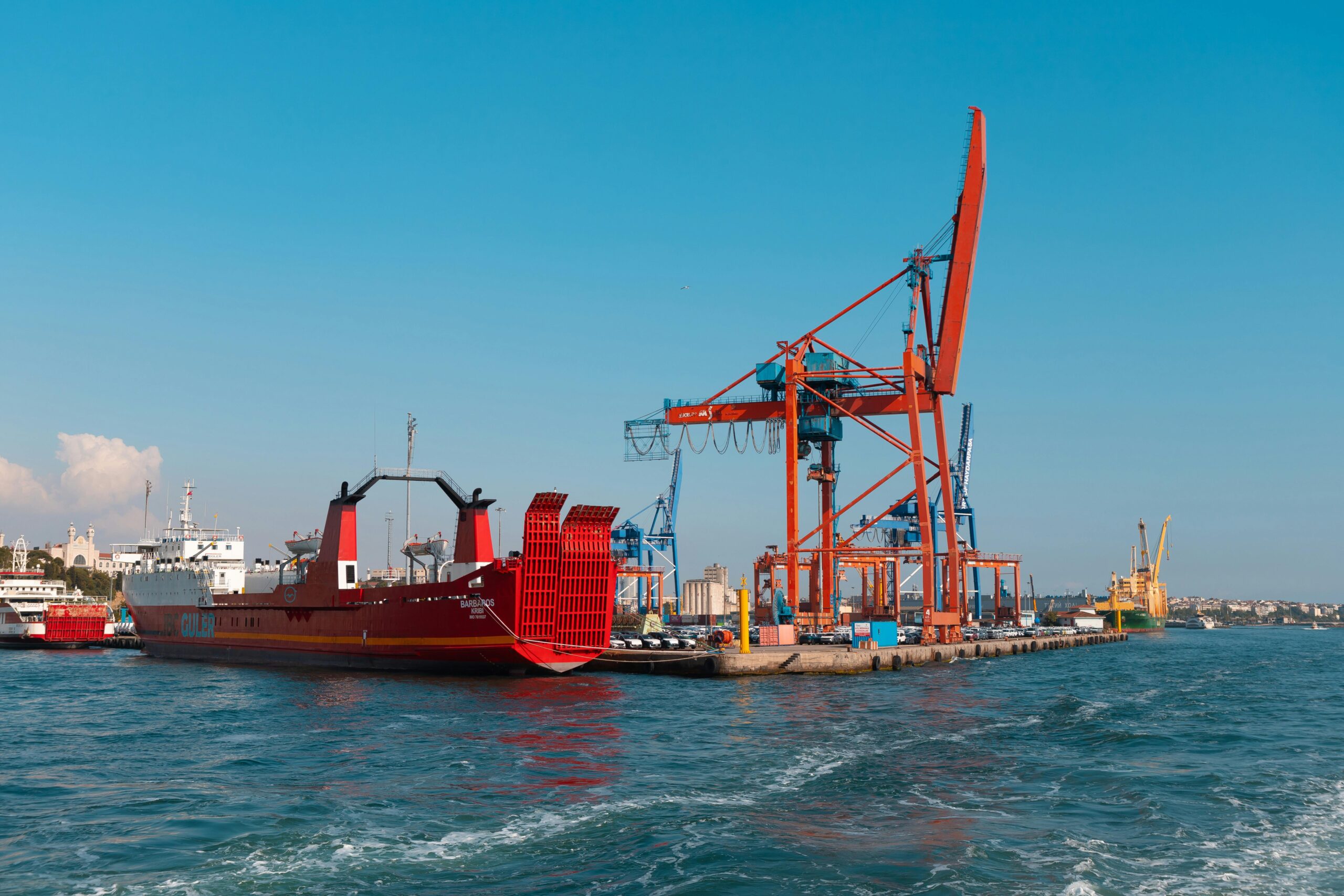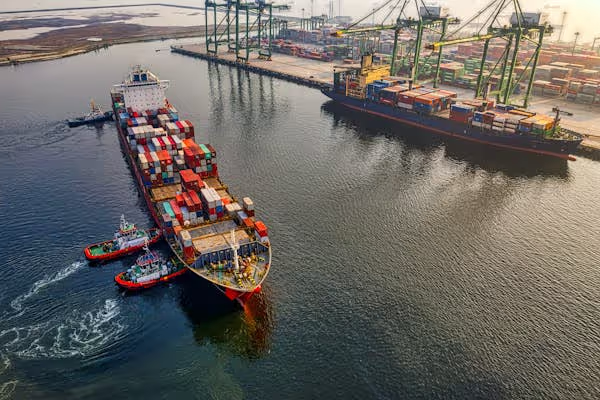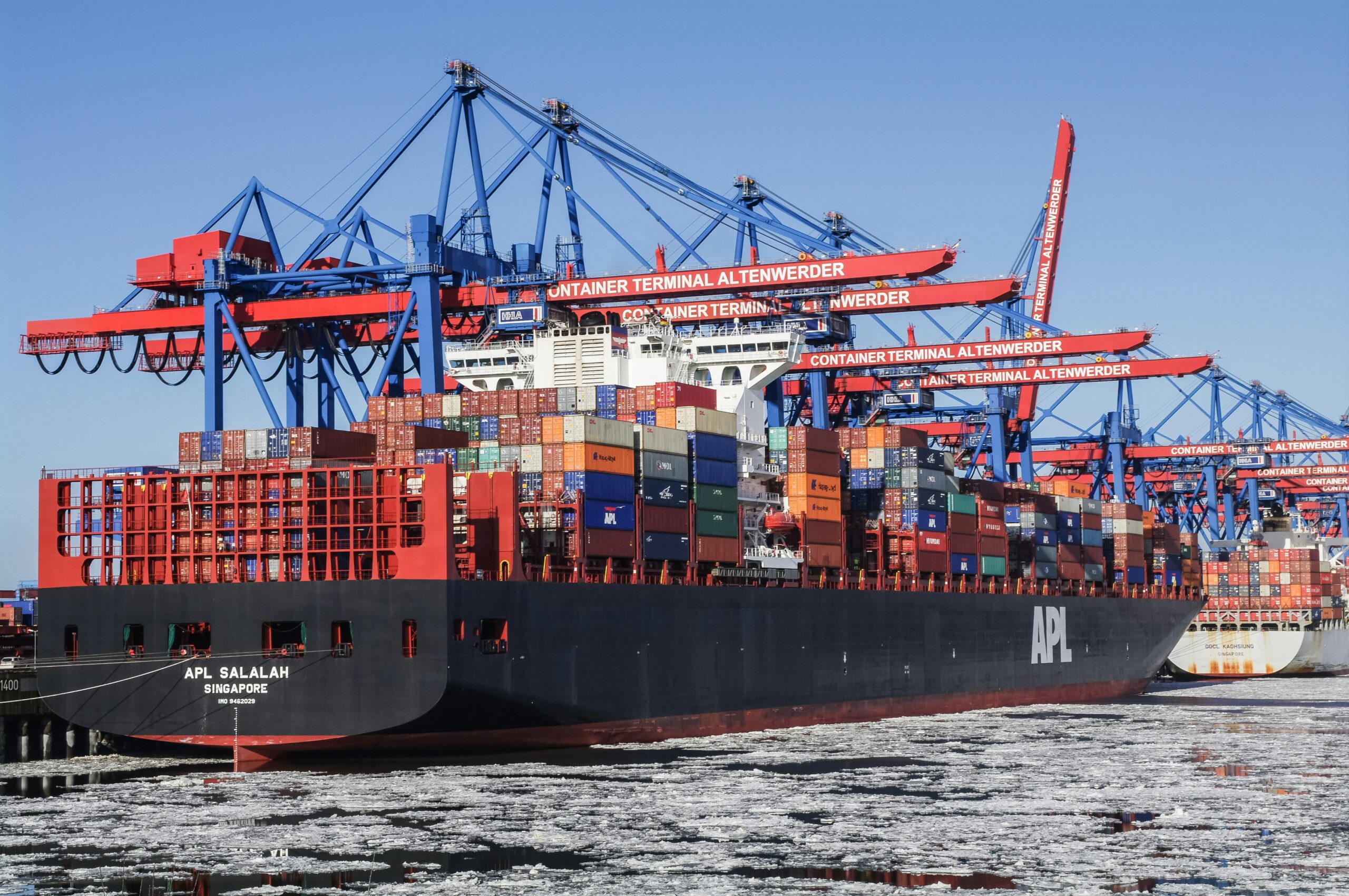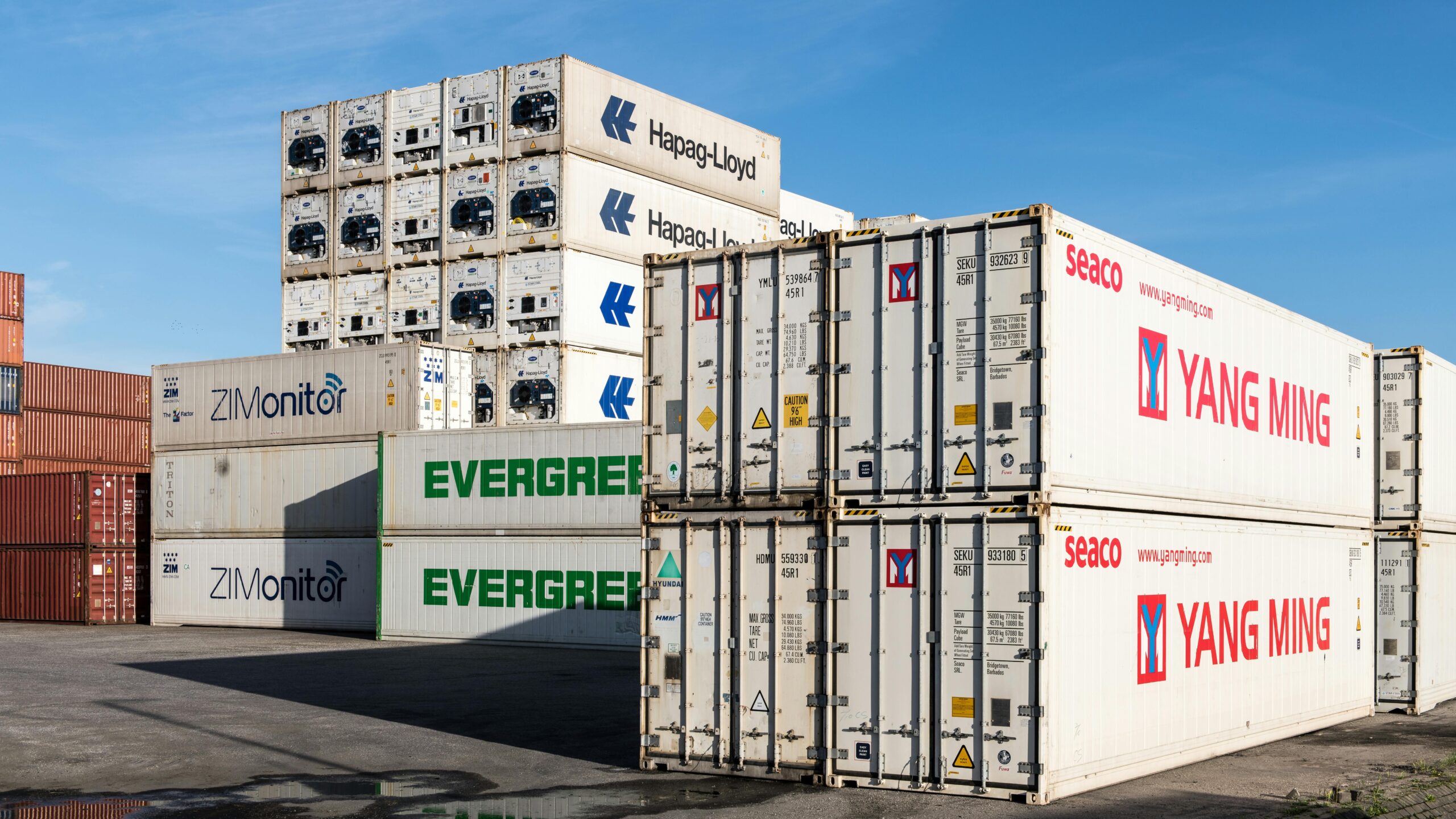The General Agreement on Tariffs and Trade (GATT) was a foundational international treaty established in 1947 to promote freer and fairer trade among nations. Designed in the aftermath of World War II, GATT played a central role in rebuilding the global economy by reducing tariffs, eliminating trade barriers, and creating consistent rules for international commerce.
Though eventually succeeded by the World Trade Organization (WTO) in 1995, the principles of GATT still underpin modern trade law. Understanding GATT is essential for exporters, policymakers, and global businesses navigating today’s trade environment.
A Brief History of GATT
- Founded: October 30, 1947
- Signed by: 23 countries
- Entered into force: January 1, 1948
- Objective: Promote international trade by reducing tariffs and other barriers
Originally envisioned as part of a larger International Trade Organization (ITO), GATT became the default legal and institutional framework for global trade when the ITO failed to materialize. Over time, it expanded through multiple “rounds” of negotiations, gradually liberalizing trade across dozens of countries and product categories.
Core Principles of GATT (as per GATT 1947 text)
Based on the official GATT 1947 legal text (source), the agreement rests on a few key principles that continue to shape global trade governance today:
1. Most-Favoured-Nation (MFN) Treatment – Article I
If a country lowers tariffs or gives favorable treatment to one trading partner, it must do the same for all other GATT members. This prevents discriminatory practices and encourages uniform trade benefits.
2. National Treatment – Article III
Once goods have entered a country, they must not face internal taxes or regulations that treat them less favorably than domestic goods. This principle protects exporters from indirect discrimination.
3. Tariff Binding and Reduction – Article II
Member countries commit to “bind” tariffs, i.e., set maximum rates and agree not to raise them unilaterally. Over time, these bindings were lowered through rounds of negotiation.
4. Transparency – Article X
Trade regulations, laws, and procedures must be published promptly. This allows businesses and governments to understand the trade rules in force and make informed decisions.
5. Prohibition of Quantitative Restrictions – Article XI
Except under limited exceptions, countries cannot impose quotas, bans, or restrictions on the quantity of imports or exports. Tariffs were preferred as more transparent and manageable instruments.
GATT’s Evolution: From Geneva to the WTO
GATT operated through several trade negotiation rounds, each focused on expanding its scope and reducing protectionist policies:
| Negotiation Round | Year(s) | Key Outcomes |
|---|---|---|
| Geneva | 1947 | Initial agreement among 23 countries |
| Dillon Round | 1960–1962 | Tariff concessions |
| Kennedy Round | 1964–1967 | Anti-dumping code |
| Tokyo Round | 1973–1979 | Non-tariff barrier reduction |
| Uruguay Round | 1986–1994 | Created WTO, expanded to services & IP |
The Uruguay Round was particularly historic, it led to the formation of the World Trade Organization (WTO) in 1995. While GATT 1947 was a provisional framework, the WTO gave legal and institutional permanence to global trade rules, including dispute resolution and coverage of new sectors.
GATT vs. WTO: What Changed?
| Feature | GATT (1947–1994) | WTO (Post-1995) |
|---|---|---|
| Legal status | Provisional agreement | Permanent institution |
| Coverage | Goods only | Goods, services, intellectual property |
| Dispute resolution | Weak enforcement | Binding dispute settlement mechanism |
| Membership | 128 members by 1994 | 164+ members (as of 2025) |
Though replaced by the WTO, GATT 1994, an updated version of GATT 1947, was incorporated into the WTO’s legal framework and continues to apply to trade in goods.
Why GATT Still Matters in 2025
Even in today’s AI-powered, service-driven global economy, the GATT framework remains foundational. Its emphasis on transparency, non-discrimination, and predictability continues to guide:
- Free Trade Agreements (FTAs), such as India–UK FTA
- Regional trade blocs like the EU, ASEAN, and CPTPP
- Dispute resolution cases at the WTO
- Importer/exporter rights across global supply chains
For modern-day importers and exporters, knowing how GATT tariff rules operate is key to:
- Navigating market access issues
- Understanding “bound tariff rates” in customs classifications
- Ensuring compliance in trade disputes or sanctions reviews
Practical Implications for Businesses
1. Predictable Market Access
GATT rules require countries to publish and adhere to their bound tariff schedules, giving businesses confidence in long-term planning.
2. Legal Recourse
Through WTO mechanisms, businesses affected by discriminatory or opaque trade practices can escalate cases via their governments.
3. Harmonization of Trade Procedures
Many of today’s trade simplification efforts, such as single-window customs or digital CoOs, are rooted in GATT principles of standardization and openness.
GATT’s Legacy and Its Relevance Today
The General Agreement on Tariffs and Trade (GATT) may have been drafted nearly eight decades ago, but its influence on international trade continues to be felt. For companies engaged in cross-border commerce, GATT ensures a rules-based system that supports fair competition, minimizes trade distortion, and creates a level playing field.
As trade tensions, protectionist policies, and geopolitical risks resurface in 2025, GATT’s founding ideals, transparency, non-discrimination, and cooperation, remain as relevant as ever.
Looking to manage cross-border tariffs, trade rules, and compliance confidently?
Commenda helps global businesses automate customs documentation, manage entity compliance, and navigate the legal complexity of trade frameworks like GATT and WTO.
FAQs:
GATT Insights for Cross-Border Business Owners
1. Do I need to register or apply to benefit from GATT rules?
No. If you trade between WTO member countries, GATT rules apply automatically. You only need to ensure your goods are properly classified and documented.
2. What should I do if another country imposes unfair tariffs or restrictions?
Report it to your national trade authority. They may escalate it through WTO dispute channels. GATT offers a legal framework for challenging discriminatory practices.
3. How does GATT affect tariff negotiations in FTAs?
GATT sets the baseline. FTAs like the India–UK deal go further by offering preferential treatment (e.g., 0% duty) but must remain consistent with GATT rules.
4. Does GATT limit product standards or labeling rules?
No, but it requires they aren’t used as hidden trade barriers. Standards must be science-based, transparent, and not arbitrarily applied.
5. Can GATT protect me from sudden policy changes?
Yes, tariff bindings and transparency rules ensure predictable trade conditions, giving businesses long-term pricing stability.













